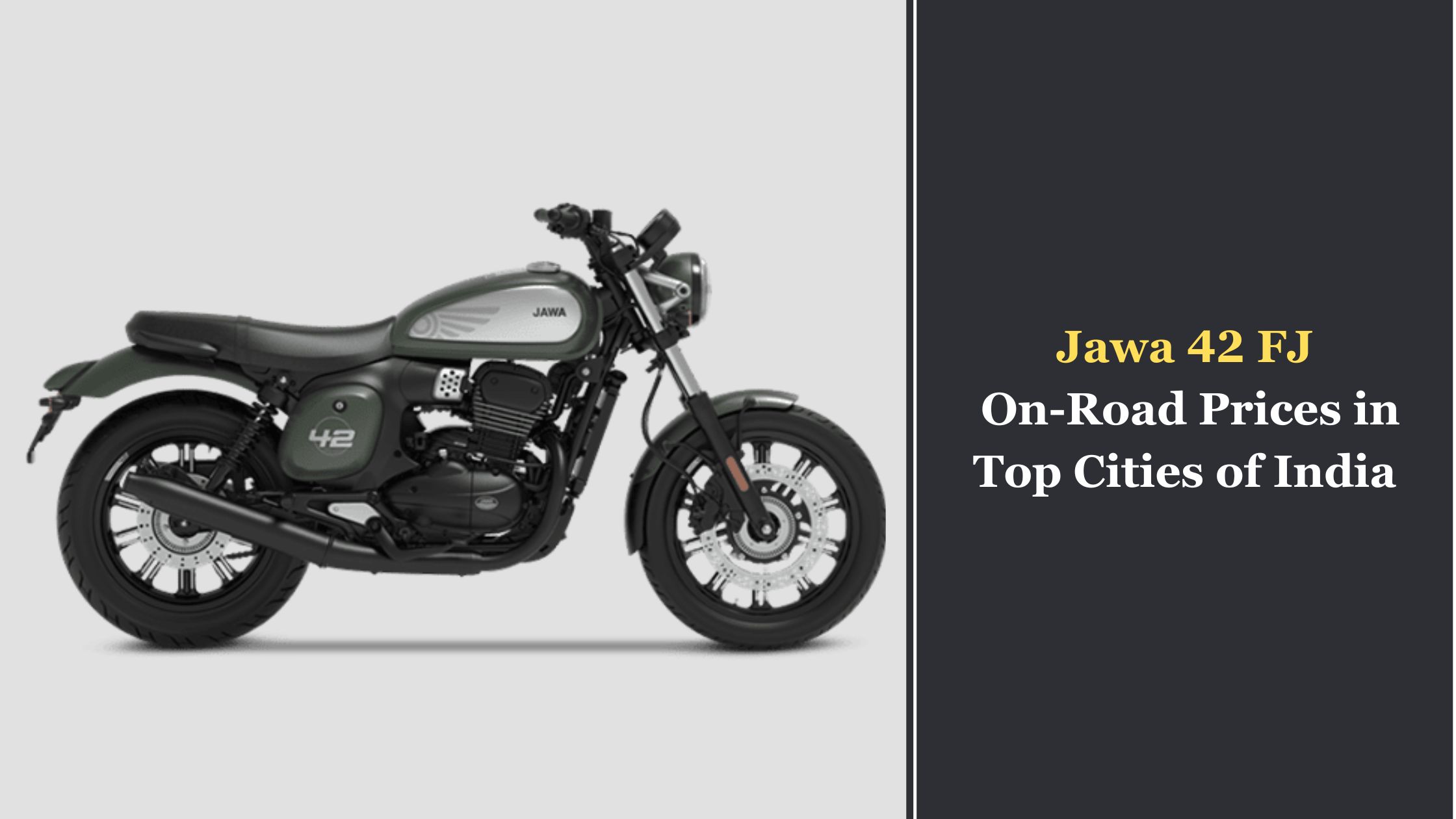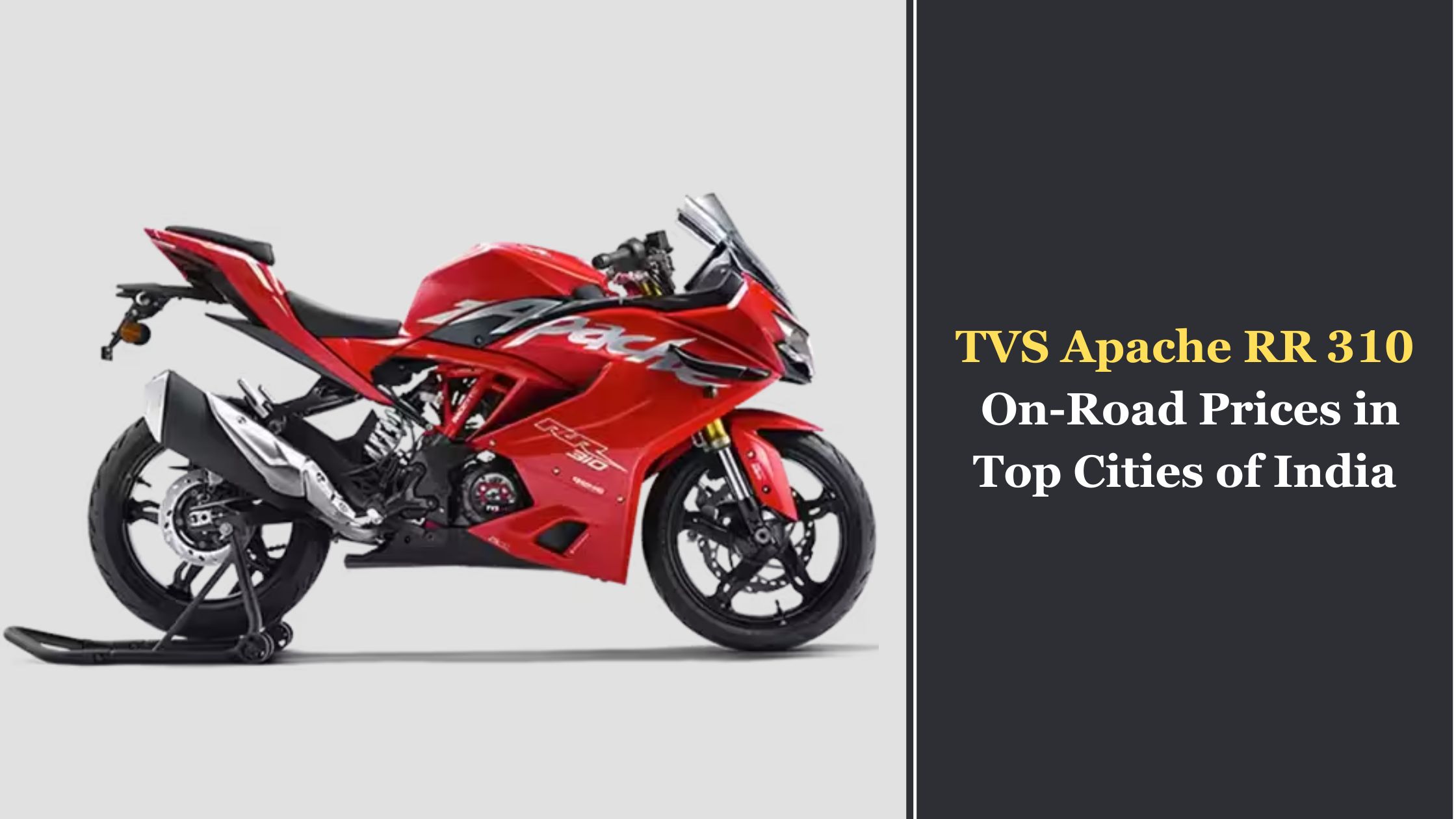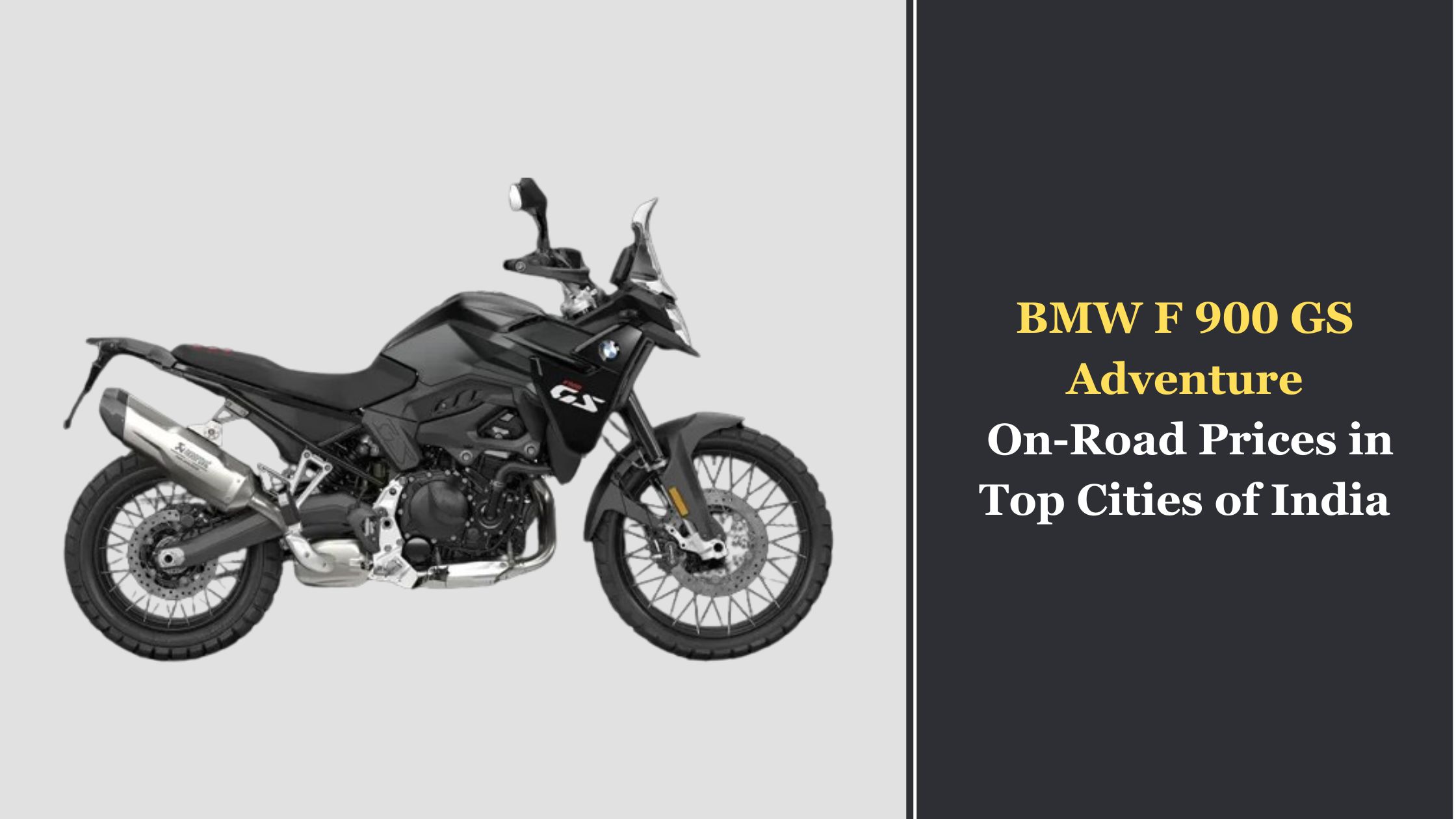
A front sprocket (also known as the counter-shaft or driving sprocket) and a rear sprocket make up most of the motorbikes’ drive systems (also known as the driven sprocket). The front sprocket is mounted to the back wheel, and the rear sprocket is mounted to the output shaft of the engine’s transmission. The teeth on both sprockets fit into the spaces in the motorcycle’s drive chain.
The sprockets cooperate by interlocking the driving chain links with their teeth. The rear sprocket turns as it travels, while the front sprocket rotates together with the engine’s output shaft. The teeth of the driving sprocket pull the drive chain. Through this mechanism, the motorcycle’s back wheel receives power from the engine to propel it forward.
The chain’s side plates, pins, and chain deliver this pulling power to the roller. The distance between the pins’ centers and the sprocket teeth’ centers is equal. This indicates that the rollers are evenly distributed among the forces pulling the chain.
Sprockets For Motorcycles
Sprockets are often composed of steel to maximize their durability; rear sprockets for racing are usually made of aluminum because it is lighter but wears out more quickly than steel. The front sprocket normally has between 10 and 18 teeth and is substantially smaller. Between 28 and 64 teeth can be found on the rear sprocket, which is usually the largest of the two. A third sprocket may be utilized on some heavily modified bikes, even if it doesn’t offer additional power to the second wheel to maintain tension.
Some characteristics of the motorcycle’s performance can be influenced by the ratio of the size difference between the front and rear sprockets.
Chains For Motorcycle Transmission
The components of a standard chain link are an inner plate, an outer plate, a pin, a bushing, and a roller. O-rings or X-rings can be used to seal these linkages. Non-sealed chains are comparatively friction-free, but because they lack internal lubrication, they wear down a little bit more quickly. A sealing ring, often made of rubber, is positioned between O-ring or X-ring chains’ inner and outer chain plates: these seals keep dirt out and internal lubrication in.
It is better to swap out the O-ring or X-ring chain that came with your motorcycle for another sealed chain that is at least as strong, if not stronger. Enclosed chains need to be lubricated every 300 miles or once a week to prevent surface rust. However, routine maintenance checks and lubrication should last longer than non-sealed chains, which need to be lubricated every 100 miles.
CONCLUSION
It is strongly advised that you replace your chain and sprockets simultaneously. Because they have a matching pitch (the distance between each pin on a chain and the center of each tooth on a sprocket), new chains and sprockets go together seamlessly. Their clothing is grouped as a unit.
The replacement chain will perform less efficiently and wear out more quickly as it adjusts to match the pitch of the worn sprockets. This is because its rise does not check off the worn-out sprockets. The lifespan of both the chain and the sprockets is significantly increased when they are replaced together.



